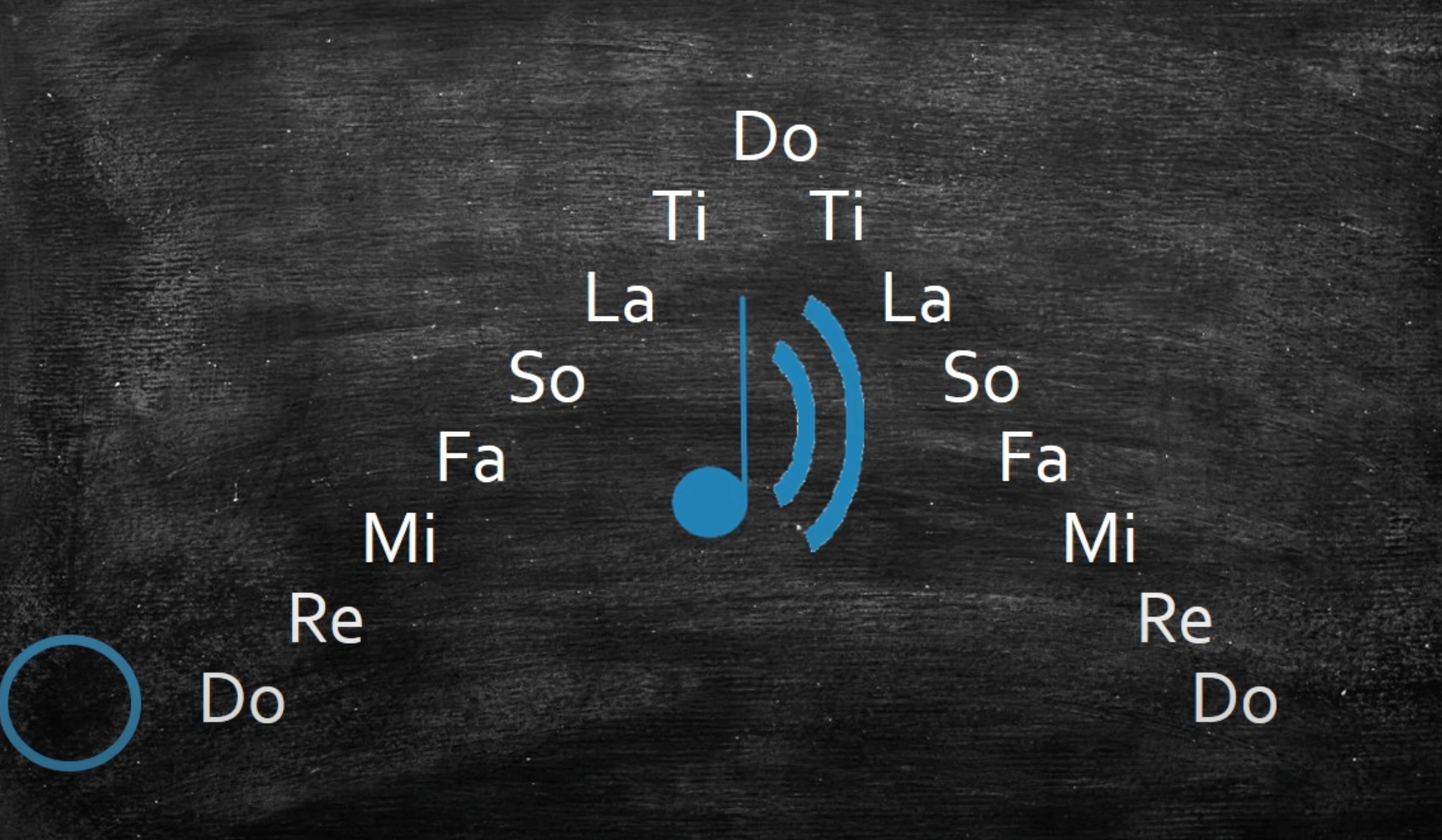Bill is an advanced pickleball player who knows how to scale his game. When he joined our intermediate level group on the court, I’d never experienced a more generous player.
We don’t often mix with advanced players because they take the game very seriously. Much of the laughter we enjoy is lost. A few prefer to join in our games even if it means scaling their game because, in their words, “it’s more fun and less mean.”
To appreciate a musical metaphor, listen for a moment to a simple C major scale—to the up and down direction (30 sec).
American culture is all about scaling up—bigger, better, greater, faster. This can burn us out. Yet, just like in music, scaling is the ability to play up and down the resonant range.
Bill’s choice to slow his pace and calm the intensity of his game is like moving down the scale. Rather than forcefully slam the ball, he uses a lighter-touch accuracy. This models how to make better split-second decisions on the court by choosing precision over power.
Opting to slow down or decrease our intensity in life or at work is not lowering standards. It’s learning finesse. When we’re not driven by a need to prove ourselves, we’re freer to enjoy moving up or down the scale to suit a situation.
Riding the full scale requires listening, paying attention to others, and adjusting. We do this when we break things down into smaller steps for ourselves and our team, or parent a small child. Great teachers consistently scale, tailoring curriculum to their students’ comprehension.
So, let’s scale up when that’s required. And let’s consider when it’s more beneficial to ride down the scale—slower, easier, gentler, simpler, and perhaps more precise.
Is there a situation in your life where you could benefit by scaling your game? Could you benefit someone else by doing so?
Flexibility is the key to success. Remember the musical scale.
That is living as music.
***************************************
If you or someone you know needs help learning to scale, check out the illustrated Beyond Burnout Playbook. Downloadable for free.
Subscribe here for Living As Music
Find Your Rhythm. Harmonize with your heart.


